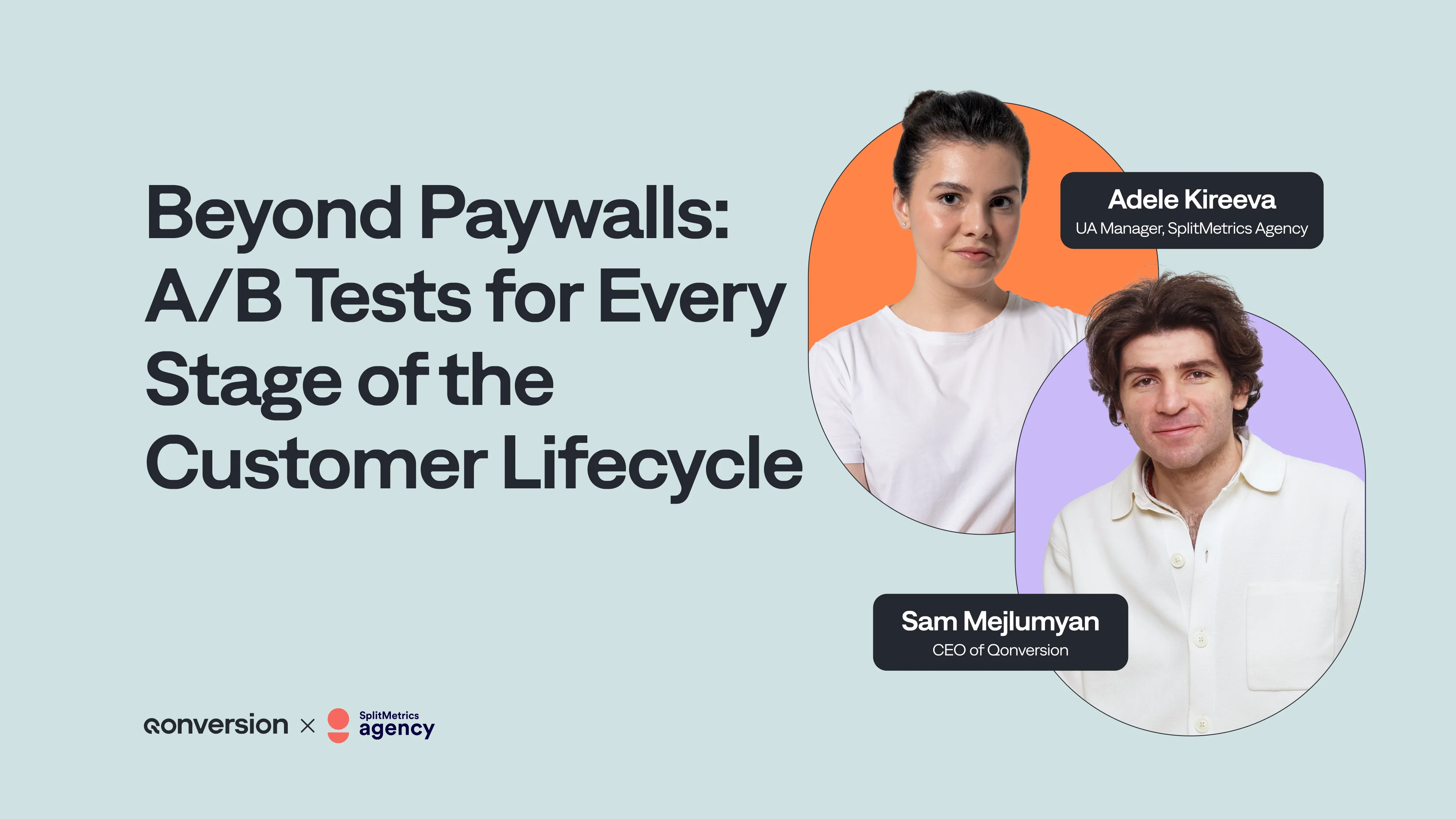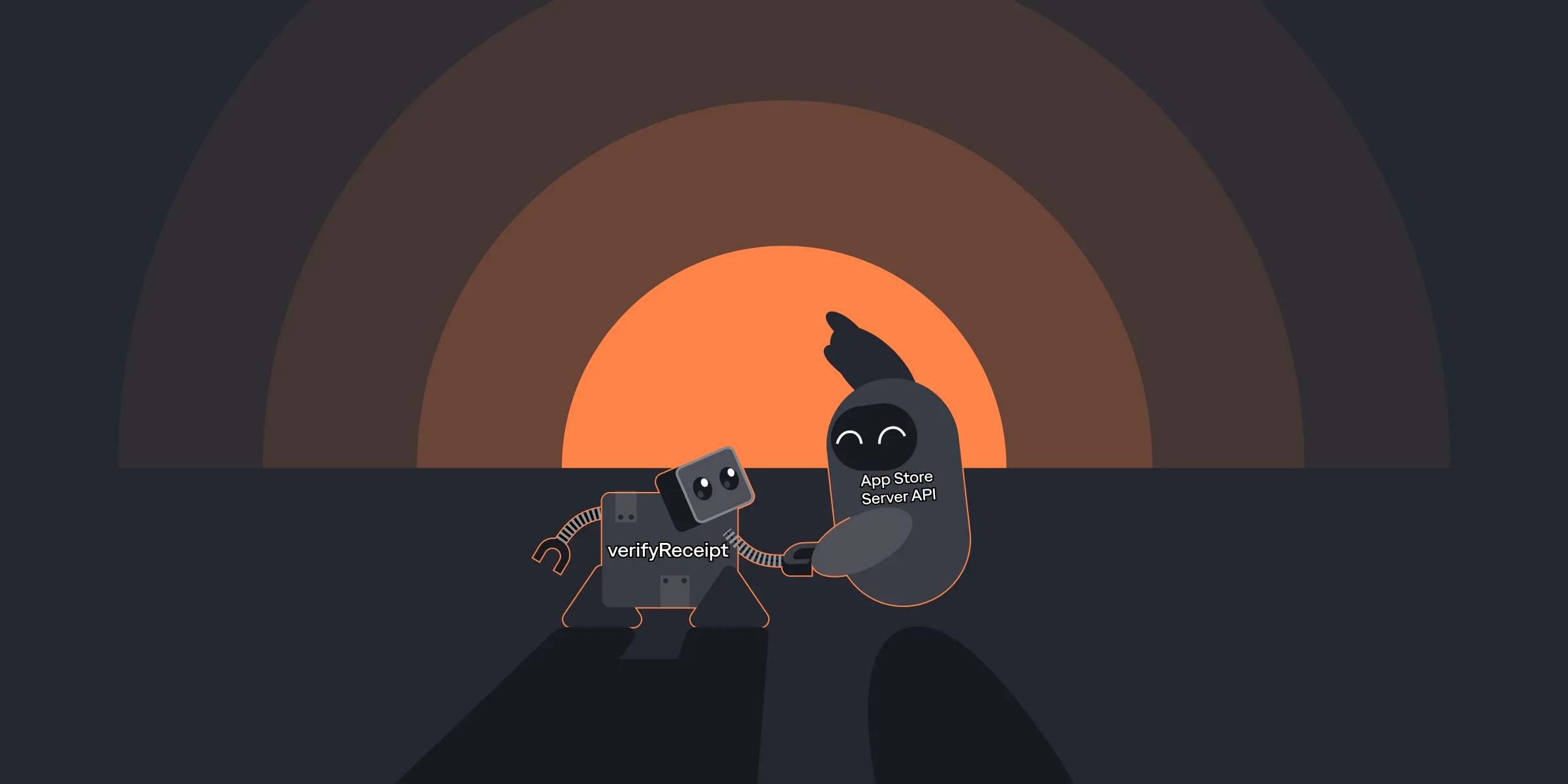Hybrid Monetization Trends for Gaming Apps
Hybrid Monetization Trends for Gaming Apps

Julia

Julia
Jul 5, 2022
Jul 5, 2022
Now digital games consumption is primarily driven by mobile games so it is increasingly becoming the world’s preferred form of gaming, and central to a robust cross-platform experience. According to the new research by Data.ai in 2022 mobile gaming will surpass 60% market share in annual global consumer spend — 3.2x the size of the next largest form factor: Home Console Gaming.
The rise of subscriptions also has implications on the mobile game industry and recently it has seen a great upsurge of new interest and entrants. Hybrid monetization model is one of the biggest monetization trends for mobile games so instead of choosing between in-app ads, in-app purchases, and subscriptions mobile games developers try to combine these methods to acquire more user base and diversify their revenue streams. In this article, we will try to investigate such combined monetization methods and especially combinations with subscriptions.
Now digital games consumption is primarily driven by mobile games so it is increasingly becoming the world’s preferred form of gaming, and central to a robust cross-platform experience. According to the new research by Data.ai in 2022 mobile gaming will surpass 60% market share in annual global consumer spend — 3.2x the size of the next largest form factor: Home Console Gaming.
The rise of subscriptions also has implications on the mobile game industry and recently it has seen a great upsurge of new interest and entrants. Hybrid monetization model is one of the biggest monetization trends for mobile games so instead of choosing between in-app ads, in-app purchases, and subscriptions mobile games developers try to combine these methods to acquire more user base and diversify their revenue streams. In this article, we will try to investigate such combined monetization methods and especially combinations with subscriptions.














